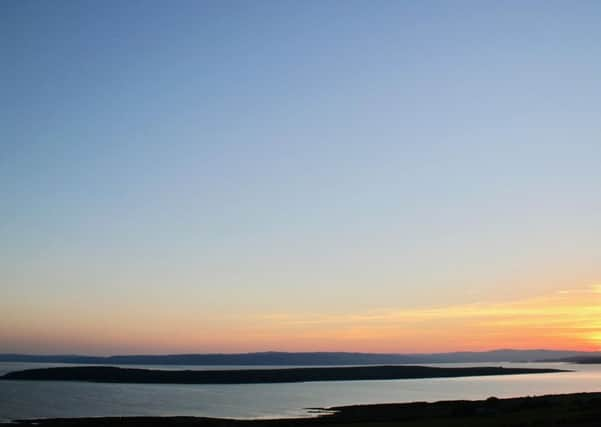Stunning Scottish island with rich history on sale for £1.4m


A price tag of £1.4 million has been placed on the 660-acre Inchmarnock, which lies just off the west coast near the island of Bute.
The island has not been lived on for more than 30 years, with the last farming tenant leaving in 1986, but the four-bedroom property Port House comes as part of the sale.
Advertisement
Hide AdAdvertisement
Hide AdIt is located on the neighbouring isle of Bute, a 1.2-mile journey aboard the buyer’s own private ferry, which is being offered by separate negotiation.
Diane Fleming, sales agent for Strutt & Parker in Edinburgh, said: “Inchmarnock is a stunning island, rich in possibility.
“A Scottish island embodies the romance many people associate with the country’s prime estates and farms.
“Inchmarnock is stunning, with great heritage and is a peaceful and secluded haven, yet it is relatively accessible from Scotland’s Central Belt.
“We expect significant interest from national and international buyers.”
The island is used for sporting purposes and to graze a fold of pedigree Highland cattle and a Highland cross Beef Shorthorn commercial suckler beef herd. There are five miles of beachfront.
Described by a 17th-century surveyor as a “proper habitation for one in love with a hermetical life”, the island is rich in history and natural heritage. A farmer discovered the remains of a local Bronze Age woman, the Queen of the Inch, in the 1960s.
She lay in a stone cist wearing a black lignite necklace and carrying a flint dagger.
Advertisement
Hide AdAdvertisement
Hide AdHer remains form part of an exhibition in the Natural History Museum in nearby Rothesay.
The eighth century saw the island fall prey to Viking raids.
It is believed victims of the 13th-century Battle of Largs between Norway and Scotland were buried on the island.
Additionally, Inchmarnock is rumoured to have been popular with smugglers, with its woodland and craggy shoreline an ideal hiding place for contraband.
Inchmarnock was originally home to St Marnoc, who settled on the island and built a chapel, which has been reduced to ruins.
Diane Fleming, from Strutt & Parker, said: “There is significant potential to build up the sportings, develop the existing residential offering and to capitalise on the various amenities offered by the island such as the native woodland, watersports and fishing.”